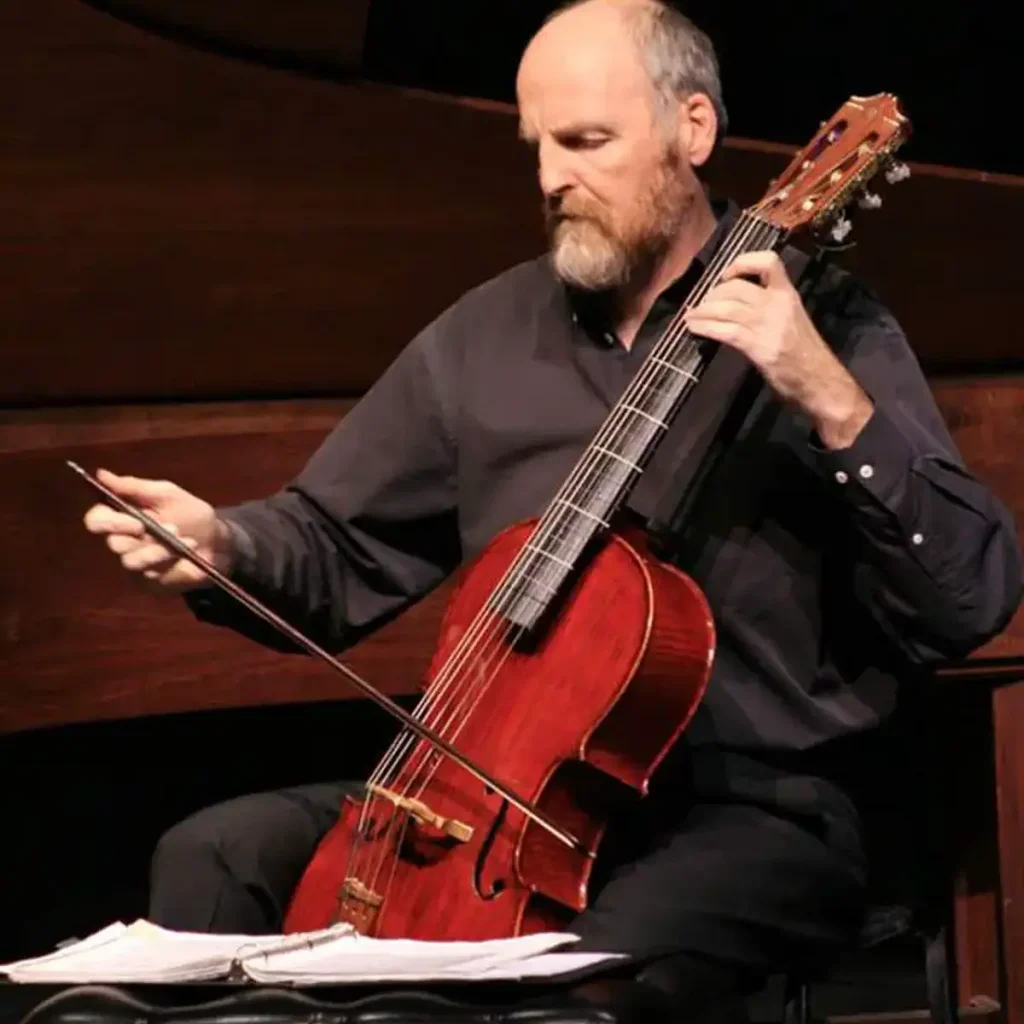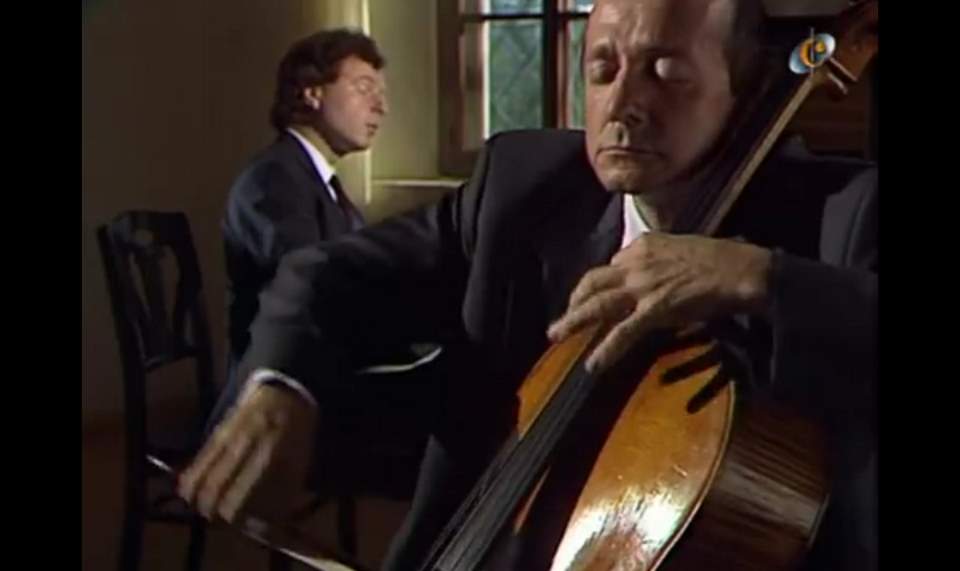Great Argentine pianist Martha Argerich and the Soviet-born Israeli cellist Mischa Maisky perform Franz Schubert’s Sonata in A minor for Arpeggione and Piano, D. 821, also known as the “Arpeggione Sonata”. The sonata is originally written for arpeggione, a six-stringed musical instrument, fretted and tuned like a guitar, but bowed like a cello, and thus similar to the bass viola da gamba.
Franz Schubert’s Arpeggione Sonata
The Sonata for Arpeggione and Piano in A minor, D. 821, was written by Franz Schubert in Vienna in November 1824. The sonata is the only substantial composition for the arpeggione (which was essentially a bowed guitar) extant today.
The Arpeggione Sonata is a beautiful work that showcases Schubert’s gift for melody and lyricism. The piece consists of three movements:
- Allegro moderato: The opening movement is in sonata form, with a beautiful and expressive melody played by the arpeggione, accompanied by the piano. The movement is characterized by its lyrical phrasing and beautiful harmonies.
- Adagio: The slow second movement is one of Schubert’s most beautiful and haunting melodies. It features a simple and expressive melody that is played by the arpeggione, with the piano providing a delicate accompaniment. This movement is often performed as a separate work on its own and has become one of Schubert’s most popular pieces.
- Allegretto: The final movement is a lively and cheerful dance, with a catchy and rhythmic melody that is played alternately by the arpeggione and piano. The movement is characterized by its playful and joyful character and its lively rhythms.
The Arpeggione Sonata was not well-received in Schubert’s time, as the arpeggione fell out of favor soon after its invention, and the piece was largely forgotten until the mid-20th century. However, it has since become one of Schubert’s most beloved and popular works and is now performed on a variety of instruments, including the cello, viola, and classical guitar.
Arpeggione
The arpeggione is a six-stringed musical instrument, fretted and tuned like a guitar, but bowed like a cello, and thus similar to the bass viola da gamba. The body shape of the instrument is however more similar to a medieval fiddle than either the guitar or the bass viol.
It enjoyed a brief vogue, perhaps a decade, after its invention around 1823, by the Viennese guitar maker Johann Georg Stauffer.

The only notable piece extant for the instrument is a sonata with piano accompaniment by Franz Schubert, D.821, not published until 1871 when the arpeggione was long out of popularity. This sonata is now commonly played on the cello or viola, and many other instruments have received transcriptions as well.
Sources
- Franz Schubert’s Arpeggione Sonata on Wikipedia


Brilliant!